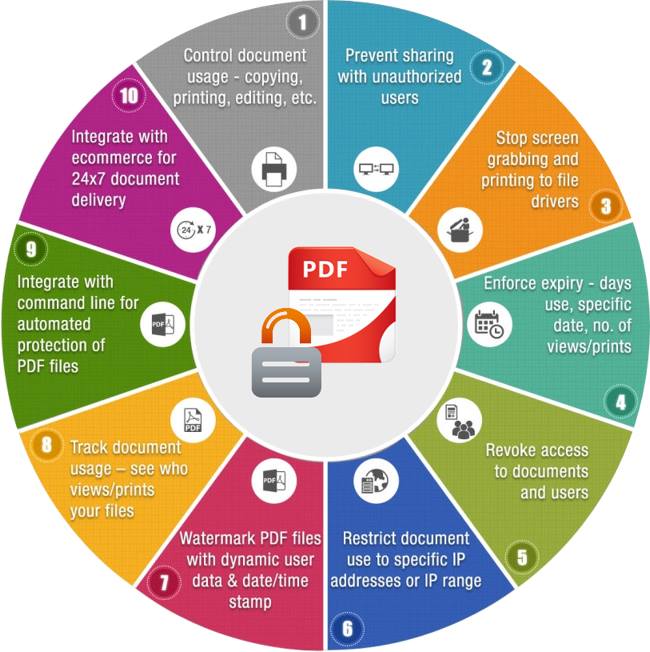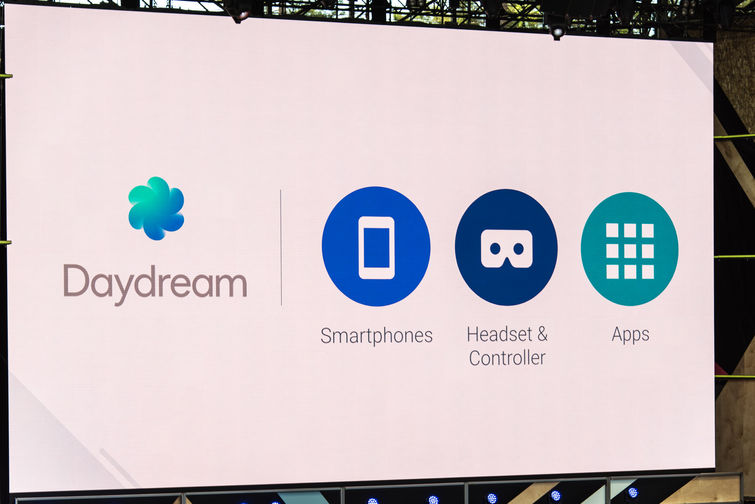From safeguarding merger & acquisition communications to mundane document management, enterprise DRM is a fully-fledged established enterprise technology. So why do we not see more organizations employing it?
When an individual downloads a kindle book from Amazon, he pays a certain amount to read it but not distribute it. This is because integral DRM prevents the user/buyer from sharing the contents. What’s more, under certain circumstances, Amazon can also revoke the document so that the reader is unable to access or read the document any longer. Which brings us to the point; whether any organization’s supposedly classified documents are safeguarded nearly as well?

(Image Source: locklizard.com)
With the help of Enterprise Digital Rights Management also known as Information Rights Management, classified and sensitive documents can be shared only with specific users – thus preventing them from being shared with competitors – and automatically blocking access to old versions when updates to the documents are made available. Similarly, particular specifications with various vendors within the supply chain, at the time of a bidding procedure can also be shared, but only the winning vendor will be able to open the document, while everyone else can be blocked, once the contract has been secured. Updates to old plans can be shared with contractors, and whenever there is an update, access to old content can be revoked, ensuring that they do not work from out-of-date plans. With the help of Digital Rights Management (DRM), compliance as well as security is taken care of as the visibility and tracking of documents can be observed to see how many employees opened the latest updates to say the employee Handbook or any particular document that has been distributed to a small team.
Enterprise Digital Rights Management deployments across organizations are still few and far in between despite being more popular these day. A recent study revealed that only 50% of an organization’s classified data line up with access controls that are assumed to be protecting it from unauthorized access and misuse. This can be particularly troublesome during classified but time-sensitive procedures such as mergers and acquisitions. When individuals are apprehensive about a deal going wrong, they have been known to hurriedly email unprotected documents and data files instead of implementing access controls and document guidelines to documents.
There are a number of DRM solutions available that are useful in securing the content of an organization. While some DRM solutions concentrate on offering a high level of security, others provide a friendlier user experience. It is important to know the factors that are critical to an organization and its customers before deciding on the right DRM solution. To keep customers happy it is vital that right balance is found between security and customer satisfaction. In some cases, having very security DRM software may not be the right solution, if customers continue to face a number of obstacles accessing permitted content.
Employing a DRM solution organization is akin to buying insurance. Not only does an efficient DRM solution help in protecting the company’s business from financial loss, it provides robust security in controlling the content and ensuring that it is safeguarded at all times.



